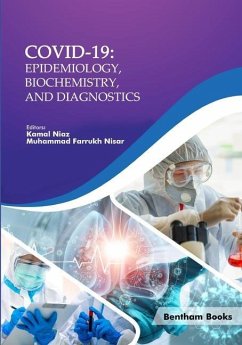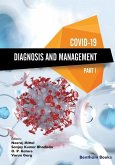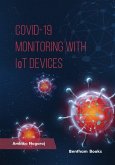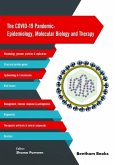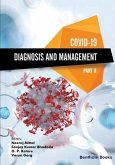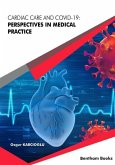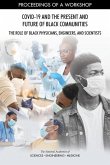COVID-19: Epidemiology, Biochemistry, and Diagnostics explains COVID-19 from multidisciplinary angles such as the evolution of SARS-COV, genetic techniques to study the virus, and diagnostic methodologies widely used in the global COVID-19 pandemic. The chapters in this book provide the reader with up-to-date literature about research on SARS-CoV-2 through three parts: I) Evolution and Entry of SARS-CoV-2 into the host II) Genetic Alteration and Structural Determination of SARS-CoV-2 Proteins >Key Features: - 15 chapters on SAR-CoV-2 in a multidisciplinary context - Provides a comprehensive overview of SARS-CoV-2 evolution and genetics - Provides biochemical information about SARS-CoV-2 proteins and receptor targets (both structural and non-structural proteins) - Includes an overview of several methods of detecting SARS-CoV-2 virus particles (ELISA, PCR, Neutralizing Antibodies - Covers some critical diagnostic modalities for COVID-19 diagnosis >Readers will understand the significance of phylogenetic analysis of coronaviruses, along with the pathogenesis of COVID-19 and related diseases such as SARS and MERS. Applications of biochemical technologies such as RT-PCR and CRISPR are also demonstrated in the text. This book is a comprehensive introduction to COVID-19 research for medical researchers, microbiologists and virologists. Students in academic programs in life sciences and medicine will also benefit from the information provided in the book.
Hinweis: Dieser Artikel kann nur an eine deutsche Lieferadresse ausgeliefert werden.
Hinweis: Dieser Artikel kann nur an eine deutsche Lieferadresse ausgeliefert werden.

